By Paris Blanco
Co-Editor-in-Chief
In light of a recent event involving a teacher who, according to the Long Beach Post, screenshared inappropriate content, an important question has arisen. How can we ensure the integrity of a teacher’s actions and what preventative measures can we take towards this?
In the Long Beach Unified District, teachers go through a fairly lengthy process in order to receive employment at a school. After an applicant’s resume is reviewed, they are interviewed at a district level for possible employment. Then, contacts are made to the applicant’s references as a form of a background check. If suitable, the applicant will then be interviewed at a site level and possibly offered a job.
It is also notable that all new hires must have LBUSD fingerprint clearance from the California Department of Justice. This means, a fingerprint live scan done on the applicant must show no history of arrests or convictions. According to Assistant Superintendent of LBUSD Human Resource Services, David Zaid, “Those notifications [of arrests/convictions] come to us from the Department of Justice, the Los Angeles County Office of Education, or the California Commission on Teacher Credentialing.”
However, as seen in various incidents involving inappropriate actions from teachers, not solely at LBUSD, this preliminary and one time background check may not be enough. There can be many unforeseen incidents that fly over the heads of arrest/conviction checks and calls to previous employers.
While peer-on-peer sexual assault is an equally concerning and a prominent issue, when educators are the perpetrators, it is difficult for affected students to reach proper redress. This is due to the fact that educators hold a position of trust, and often tower over students in terms of power. In a 2002 survey conducted by the American Association of University Women with 2064 students in 8th through 11th grade, stated that, “38% of the students were harassed by teachers or school employees.”
Therefore, it is important that extra measures are taken in order to ensure safe and comfortable school environments.

PHOTO COURTESY OF THE ASSOCIATED PRESS
This photo above depicts how various states keep records of sexual assaults in schools and how they address these assaults.
First off, schools should foster an emphasis on teaching students how to recognize inappropriate behavior early on in their education. Currently, most schools do not begin in-depth health classes until around 7th grade. However, this causes children to be unsure of what to do when they are uncomfortable with an adult’s actions during their elementary school years.
To combat this, classroom conversations surrounding what appropriate behavior from adults should look like and what to do in an uncomfortable situation should be held with elementary-age children. Parents should also be encouraged to discuss these topics with their own children. These conversations are most effective when the information presented is as concrete and straightforward as appropriate, in order to avoid confusing children.
According to Dr. Jamie Howard, a clinical psychologist at the Child Mind Institute, “I am less worried about scaring a child than about the child being unprepared if he or she must face an uncomfortable or even dangerous situation.”
Although educating children early-on can be effective, all the responsibility towards maintaining the integrity of an educator’s actions should not fall onto the student. Thus, education and conversations surrounding sexual harassment should be held with teachers and employees as well.
At Millikan, trainings regarding sexual harassment are held annually and teachers are required to attend.
Through in-depth training about sexual harassment, teachers will be made aware of behavior that is unacceptable and inappropiate. Educators also can be instructed on how to intercede as a bystander during these situations. This way, all adults at a school are given the skills to handle situations involving sexual harassment.
All in all, creating safe and appropriate learning environments requires a balance between holding teachers accountable and educating students about sexual harassment.


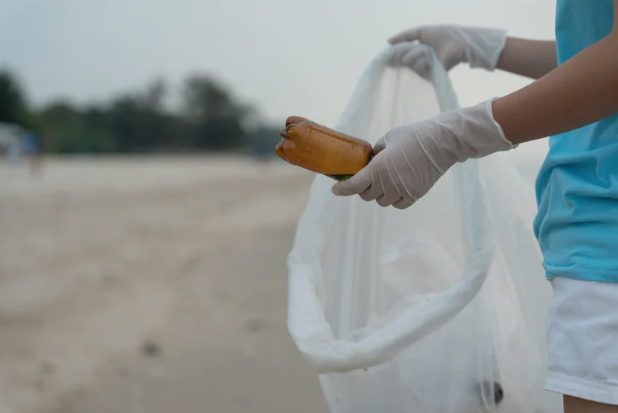



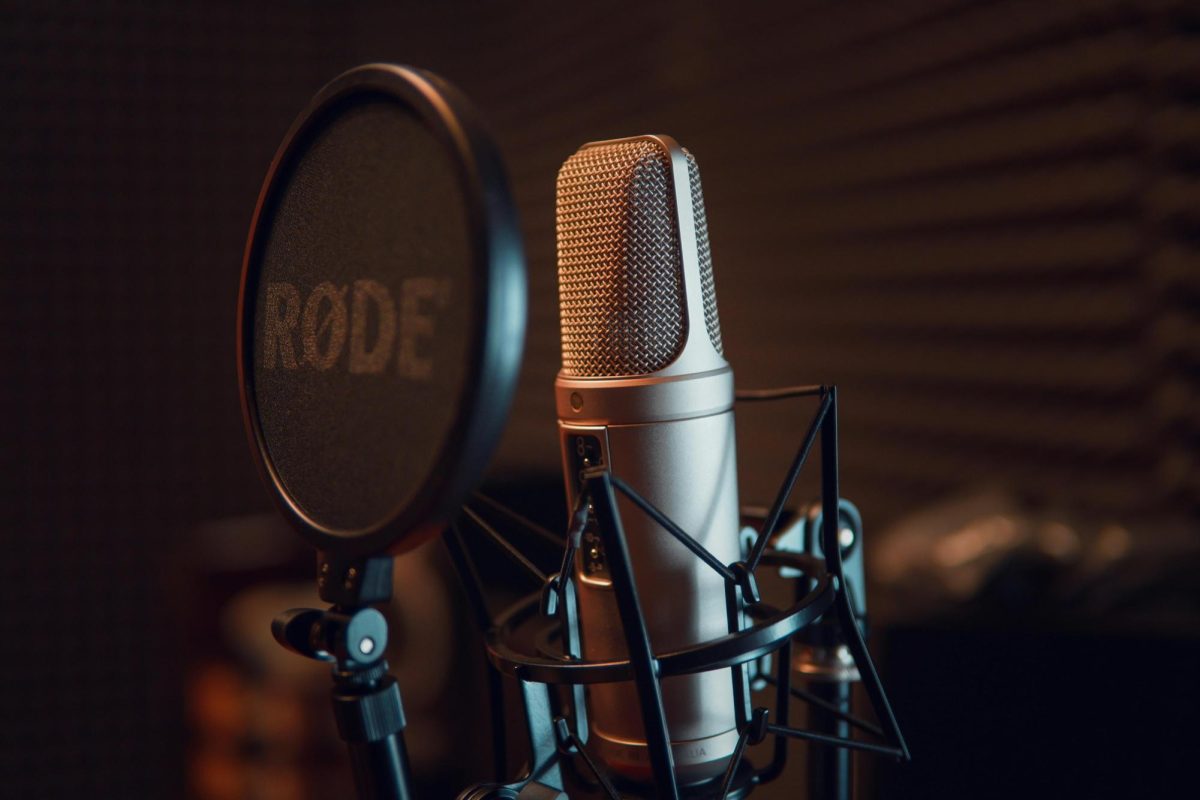
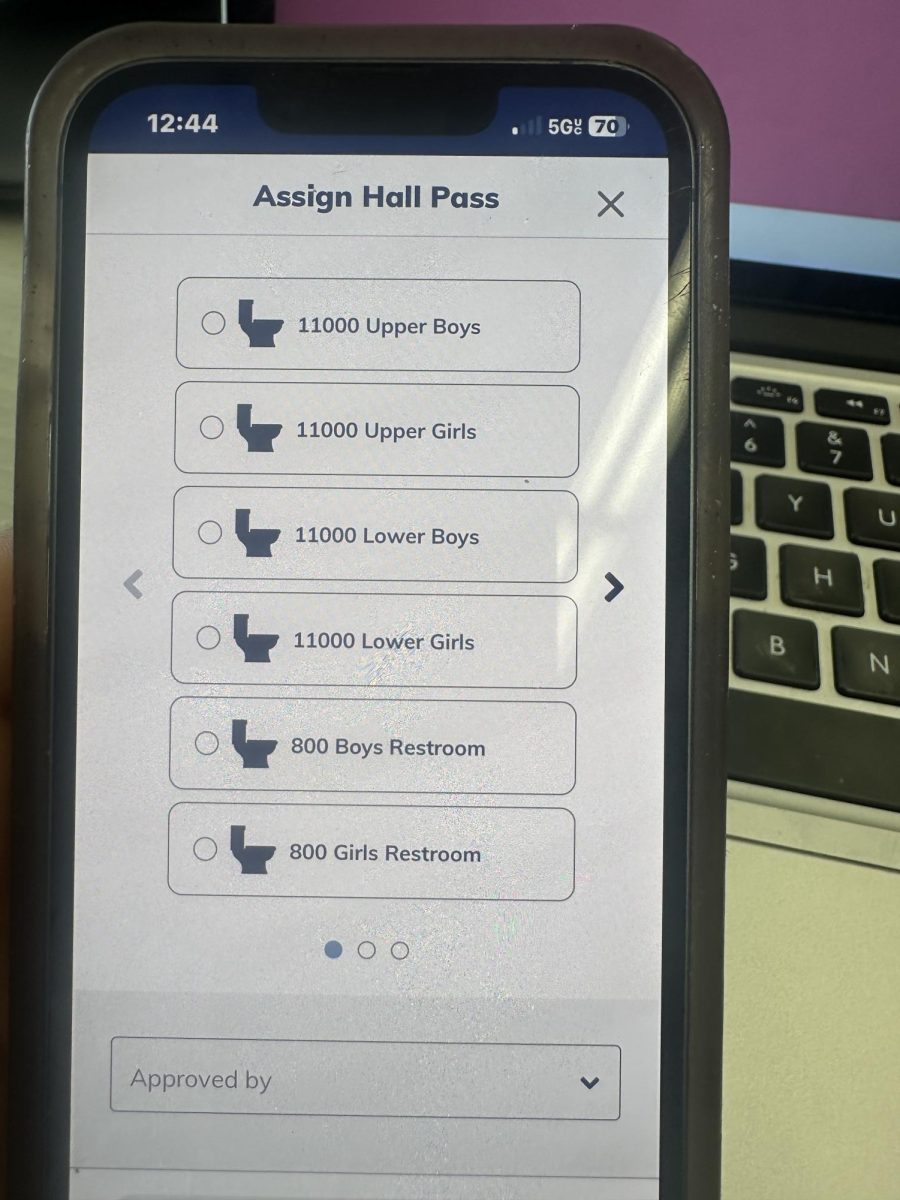




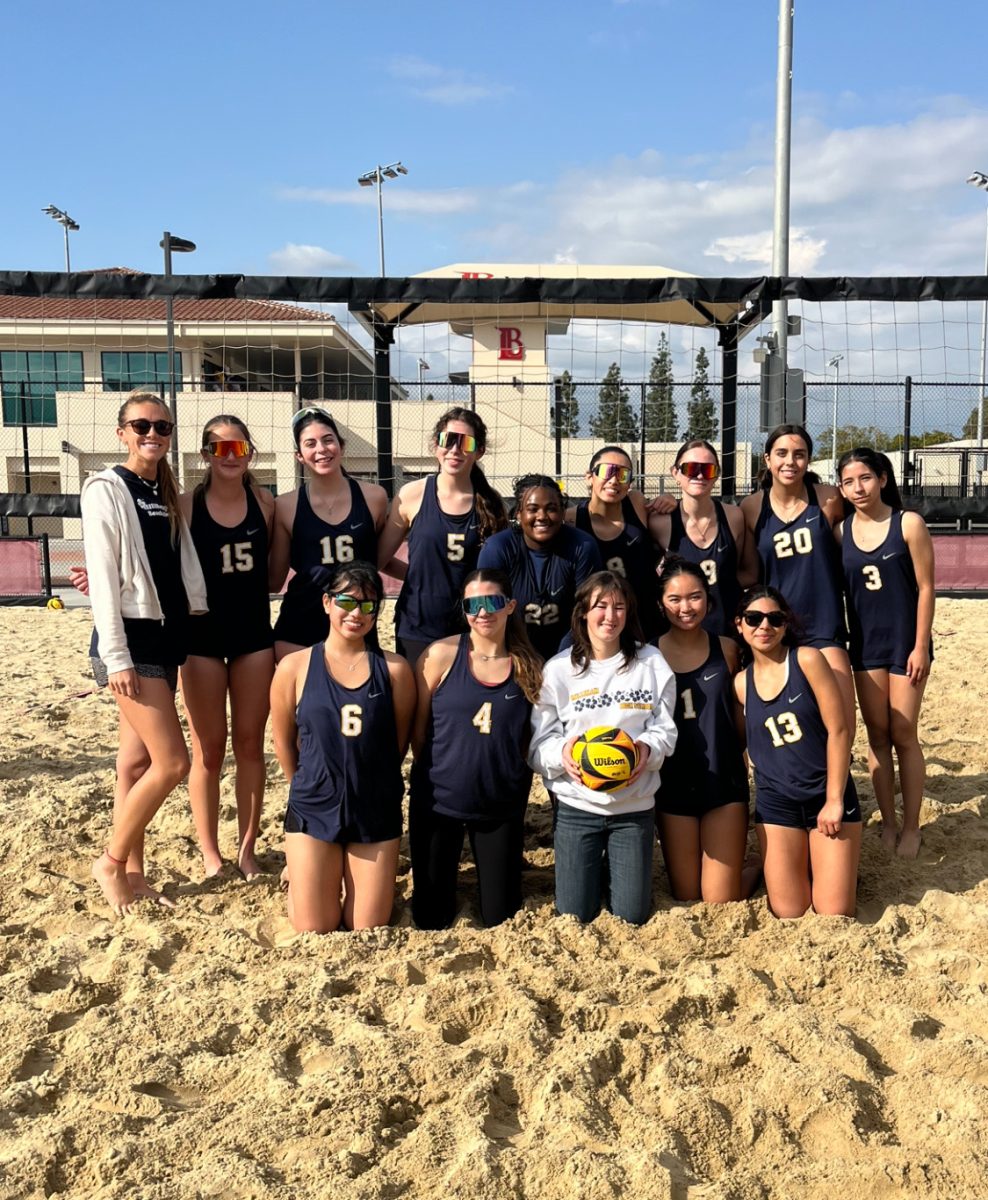







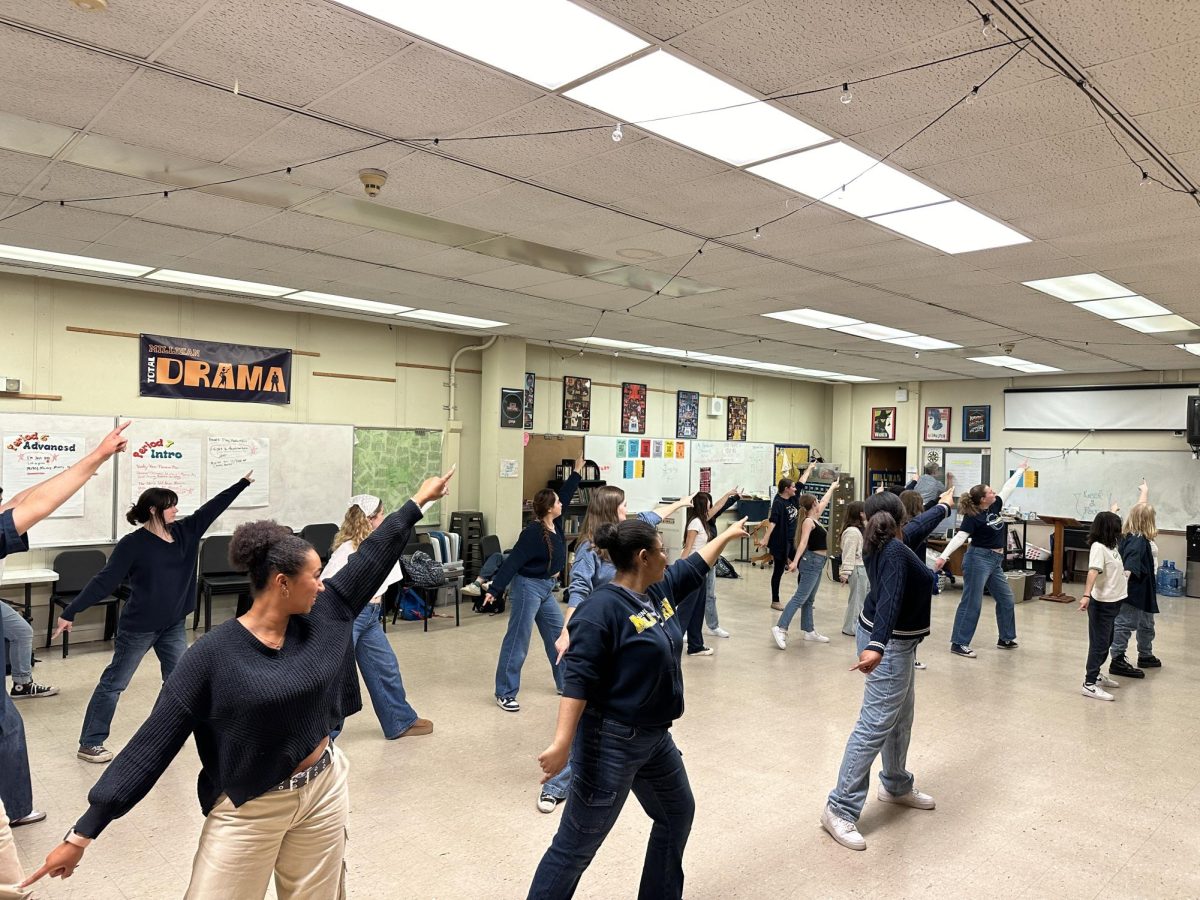

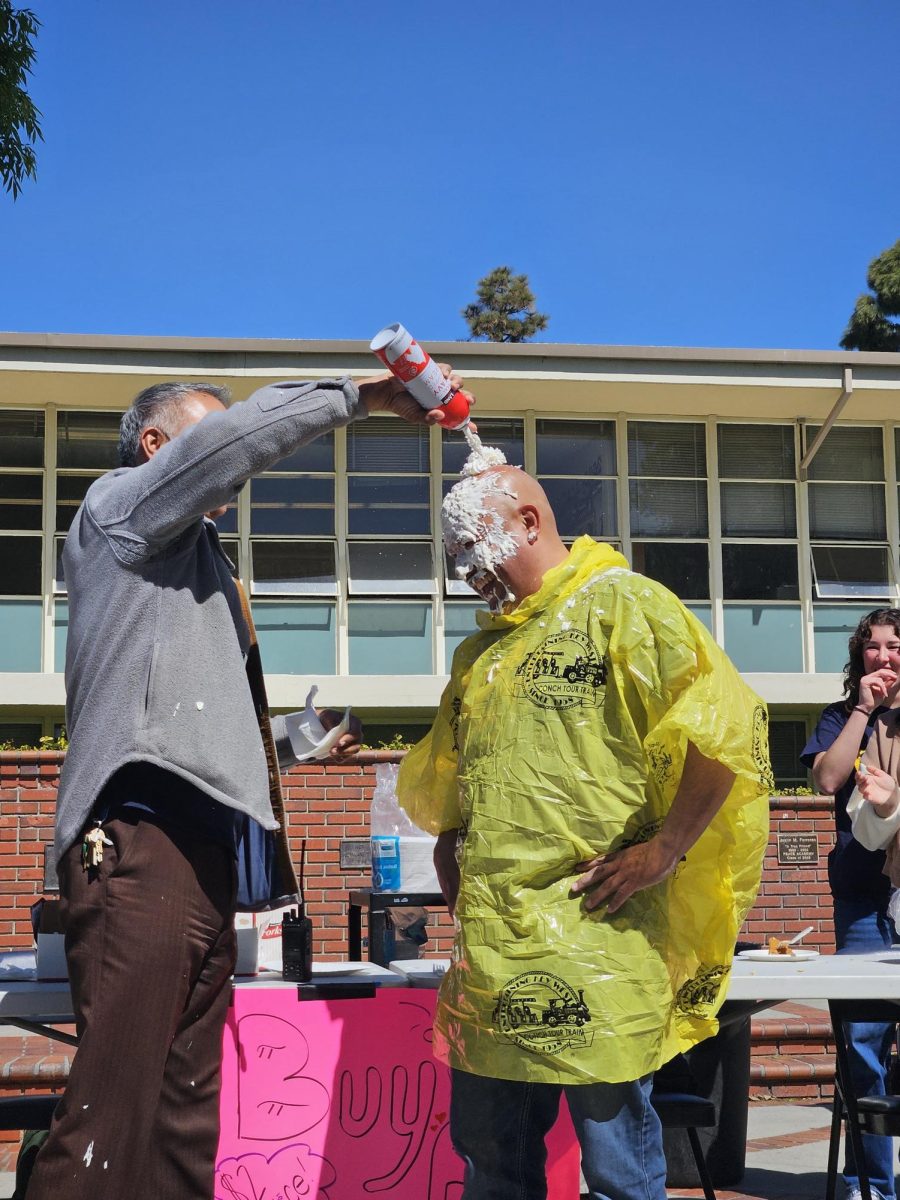






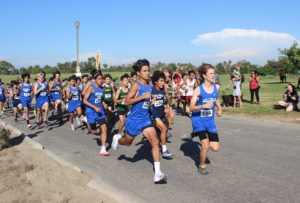
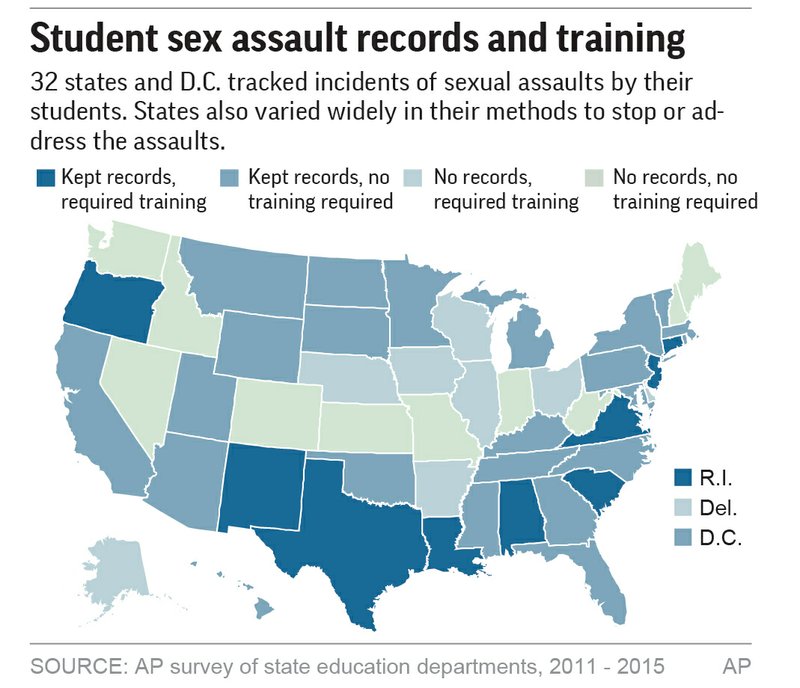


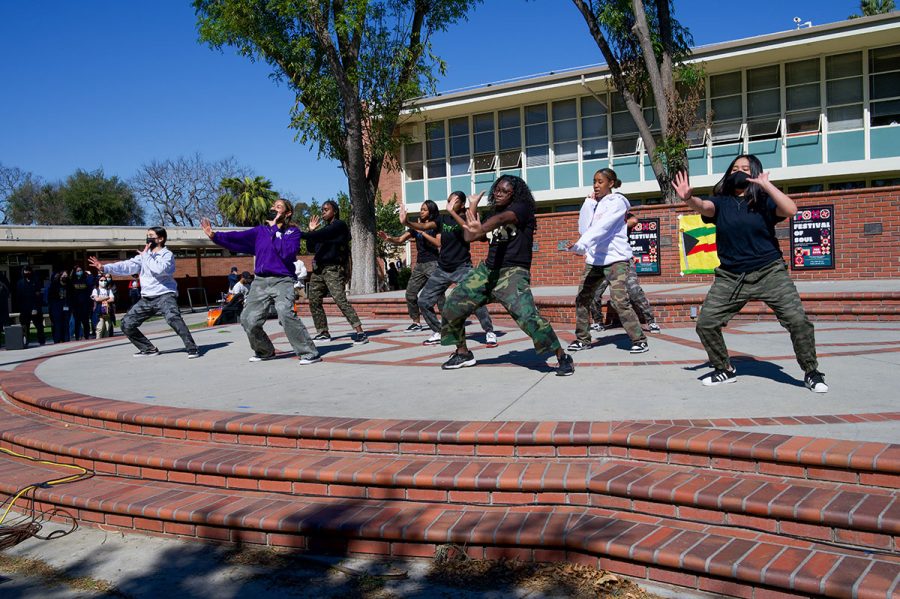
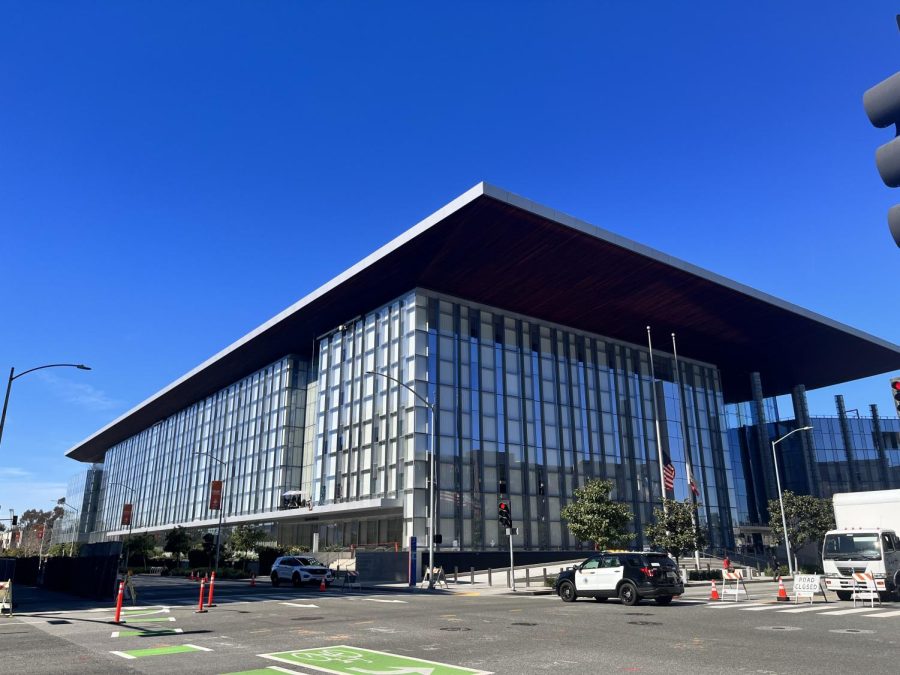



Emily Rodriguez • Mar 18, 2021 at 11:30 pm
March 18, 2021
Dear Corydon Editor,
In Issue 6 ( February 25), Paris Blanco wrote an article titled, “Maintaining safe and Appropriate Learning Environments.” Blanco mentioned many great points about how sexual harassment should be handled in schools. She describes the harsh reality of sexual assault and how we need to take measures to prevent this from happening in our schools. In the Long Beach Unified School District, there is a required training that happens annually that trains the teachers how to handle serious situations. In my opinion, we need to inform not only teachers but students. We should have annual presentations and frequently speak about these issues. Another thing we can do is start teaching children about this as soon as they can understand. We were always taught to keep our hands to ourselves but that is simply not enough. Many children or young adults have been sexually harassed and do not even know they have. This is due to the lack of knowledge and presentation of sexual harassment. Not only should schools present this information but parents should speak to their children about this at a young age. If this topic is addressed and talked about among children many more people will be aware of sexual harassment.
Sincerely,
Emily Rodriguez Grade 12
Sheccid Soto • Mar 18, 2021 at 5:00 pm
February 4, 2021
Dear Corydon Editor,
In Issue 6 (February 25, 2021), Paris Blanco wrote an article titled, “Maintaining safe and Appropriate Learning Environments.” To begin with, this article did such a great job in being informative and providing data that regards informing others about student sex assaults in school. In her writing, she points out the fact that sexual assault is a big issue throughout the world and brings awareness to this situation that will simply not go away overnight. This writing piece definitely opened my eyes and made me come down to the realization that many people don’t take this topic very seriously because they believe a school should have a safe environment as it should. So when certain situations present themselves like the one involving a teacher who screens shared inappropriate content, of course, it’s going to catch you off guard because you hear sexual assault or other harassments occur around the world but when it happens in your city your blood definitely runs cold. When Paris Blanco addressed that ‘’In 2002 a survey conducted by the American Association of University Women with 2064 students in 8th through 11th grade stated that 38% of the students were harassed by teachers or school employees this statement was very shocking because I never knew how high the percentage was even back then. This just gives others the important matter to make things happen to provide a safe and tranquil environment. Students should be able to trust teachers and staff who are adults that can prevent certain situations from becoming triggering and scary to youngins. I agree with the idea that new hires must have an LBUSD fingerprint clearance from the California Dept also including a live scan on the applicant that will show their history of no arrest or convictions. This will not only bring peace of mind to student’s parents who are worried about the type of education their son/daughter is receiving, such as if they are professional or not but it will also reduce the incidents of harassment from happening.
Sincerely,
Sheccid Soto Grade 12
Natalia Vega • Mar 17, 2021 at 3:04 pm
March 17, 2021
Dear Corydon Editor,
In Issue 6 (February 25th, 2021), Paris Blanco wrote an article titled “Maintaining Safe and Appropriate Learning Environments”. In her writing piece, she depicts the harsh reality we face with the comparison between sexual assault and our own personal safety whilst being on school grounds. In the past year, there has been a number of multiple pieces of gossip and incidents that have possibly made their way through social media and my peers but I never thought it would make its way to our very own school in such a serious matter.
I truly admire the way she spoke about such a prominent issue. we hear about the horrible things that happen throughout the world with the topic of sexual assault and harassment but as a girl who fears such things. Paris made me feel empowered to put an end to this and to make my own learning environment safe for me and my own peers. I love my school and the people who surround it. I most definitely agree if we have these implementations in a place like a teacher training, educating fellow students and teachers of inappropriate behavior early on, and having these talks with our own parents will significantly decrease the chances of something happening on our school grounds let alone the schools that surround us. Thank you so much Paris for shedding a light on such a severe and imminent issue.
Sincerely,
Natalia Vega, Grade 12
Ximena Ramirez • Mar 17, 2021 at 12:25 pm
March 17, 2021
Dear Corydon Editor,
In Issue 6 (February 25, 2021), Paris Blanco wrote an article titled “Maintaining Safe and Appropriate Learning Environments”. She wrote on the importance of preventative measures against sexual harassment in schools. It’s comforting to know that here at Long Beach Unified School District, the teachers and staff go through annual required training about sexual harassment. Though training alone isn’t the savior to all the problems, it teaches the staff what is considered sexual harassment and what to do if they notice it happening. This should be something students go through as well. Although we are taught a little about sexual harassment and to not touch one another in general, from my experience, we don’t get taught as much as we should. Our sex ed classes in 7th grade didn’t do much to teach us about the different forms of sexual harassment, nor what to do if it actually happens. I believe there should be a yearly presentation we go through to review sexual harassment and what to do. We should also be taught this at a young age, either by family or at school, because sadly children also experience sexual harassment and they may not even know that it’s happening.
Looking at the “Student sex assault record and training” map, it’s very much concerning that there are some states that do not require record and no training, especially California being one of the few that dont require training. Since this map was from 2011-2015, hopefully things have changed now and it’s required to get both records and training. All in all, it’s important to make sure that the right people are working with students because sexual assault can really cause the students lives to change for the worse. It is never the students fault for what happens to them, rather the adults should take responsibility for failing as a protector.
Sincerely,
Ximena Ramirez, Grade 12
Violeta Martinez • Mar 17, 2021 at 12:23 pm
March 17, 2021
Dear Corydon Editor,
In Issue 6 ( February 25), Paris Blanco wrote an article titled, “Maintaining safe and Appropriate Learning Environments.” To start off this was such an informative article, nice job. It provided a statistical chart demonstrating the United States’ incidents of sexual assault and how some states address those assaults. Just by reading the first part of the article, caught my attention, I wanted to know more and figure out more about this issue. I totally agree that it is important for extra measures to be taken in order to ensure the safety and comfortable school environments. Student’s safety should be counted first, they should rely on teachers or supervisors at any given time. Therefore new hires must have LBUSD fingerprint clearance from the California Department, including the live scan on the applicant showing their history of no arrests or convictions. Yes, schools should foster an emphasis on teaching students how to recognize inappropriate behavior in early education. This is included for parents too, it is normal to have discussions with their own children about these topics and for them to be prepared sufficiently. Schools around the nation should be more aware of this situation and how it is extremely important that teachers acknowledge the safety of their student’s environments.
Sincerely,
Violeta Martinez, Grade 12